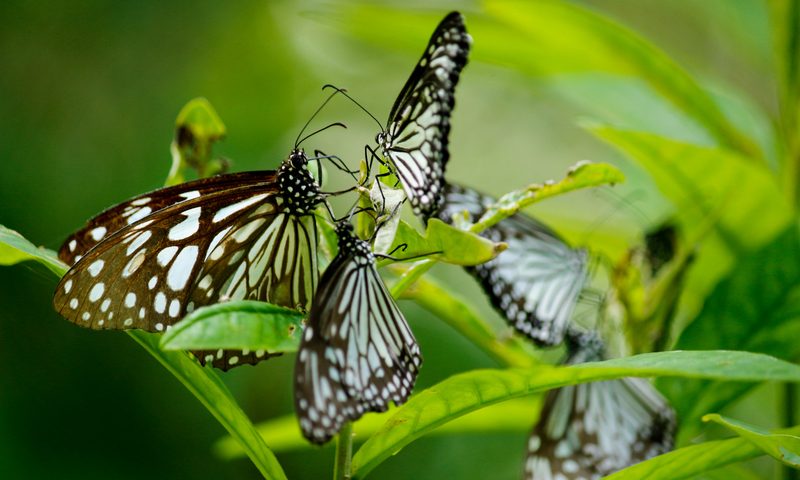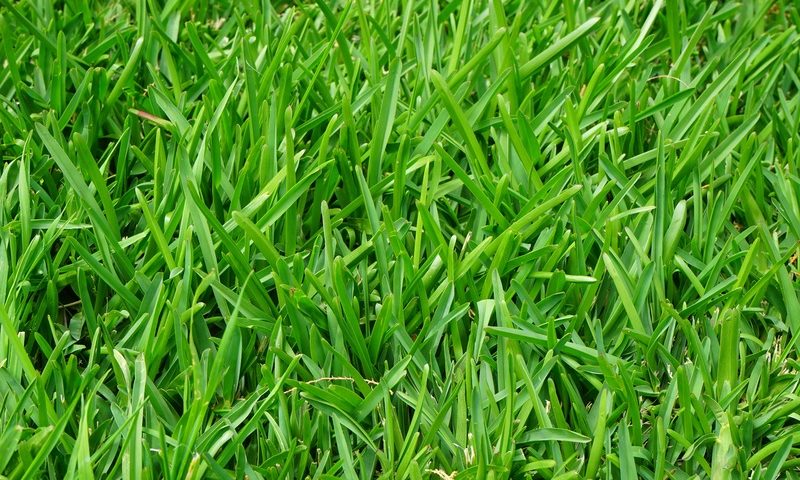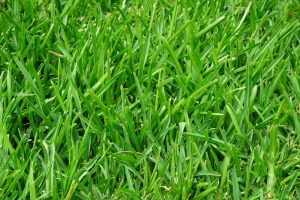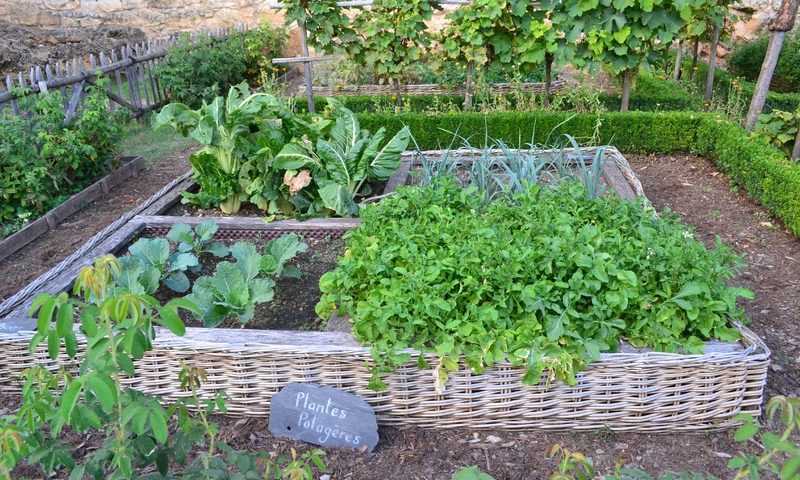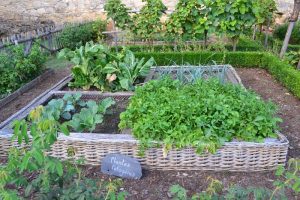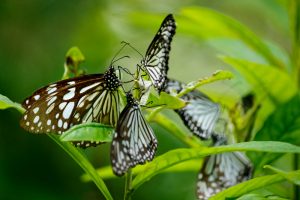
The best, most successful lawns and landscapes are the result of a partnership between you and your landscape professionals. Why? Because from the planning stage to the maintenance stage, working together to create, plant, and maintain an outdoor space you love will be a combination of one-time events (like building a waterfall centerpiece in a backyard garden, for example) and daily habits (like watering your flower beds at the right times, so they continue to thrive).
There’s a third party that plays a vital role in the health and vitality of your outdoor space, as well: nature itself. This is especially true if you want your lawn and garden to be filled with butterflies and birds. Read on to learn why.
Why Attract Butterflies and Birds to your Landscape?
Butterflies and birds aren’t just beautiful and fun to observe. Both can fulfill a vital role in keeping your outdoor space healthy. They do this by feeding on the nectar of various flowers and plants. When they feed, they also help pollinate, which helps flowers and even some vegetable gardens thrive.
Hummingbirds and bees, especially, are crucial to the pollination of various plants and flowers. By providing a space that’s safe for them to land and feed, you’re ensuring that pollination will continue to happen—and that your outdoor space, by extension, will continue to grow.
The Perfect Pollination Spaces
Birds and butterflies need flowers and plants that provide nectar. In the Kansas City and Johnson County area, native nectar plants include rose verbena, columbines, bee balms, milkweeds, clovers, and Indigo Bush.
These plants need lots of sunlight to bloom and survive, so be sure to plan a space that gets full sun from mid-morning to afternoon. A sunny spot is also important for butterflies, because butterflies are cold-blooded and require the sun’s heat to survive.
Make Your Landscape a Home for the Caterpillars
While butterflies are beautiful, their life span is surprisingly short. In fact the average life span of an adult butterfly is two weeks or less. This means that if you want to truly make your outdoor space—or a portion of it—home to butterflies, you must also make it a home to the baby version of butterflies: caterpillars.
In a perfect world, an adult butterfly will lay her eggs on a host plant—and that plant isn’t a flower. In fact, the only food for Monarch butterflies is Milkweed. Black Swallowtails feed on members of the carrot family (think Queen Anne’s Lace, fennel, parsley, and Golden Alexanders).
Want to learn more about creating an outdoor space that perfectly suits you and your family? We’re ready and eager to work with you—so get in touch today!


